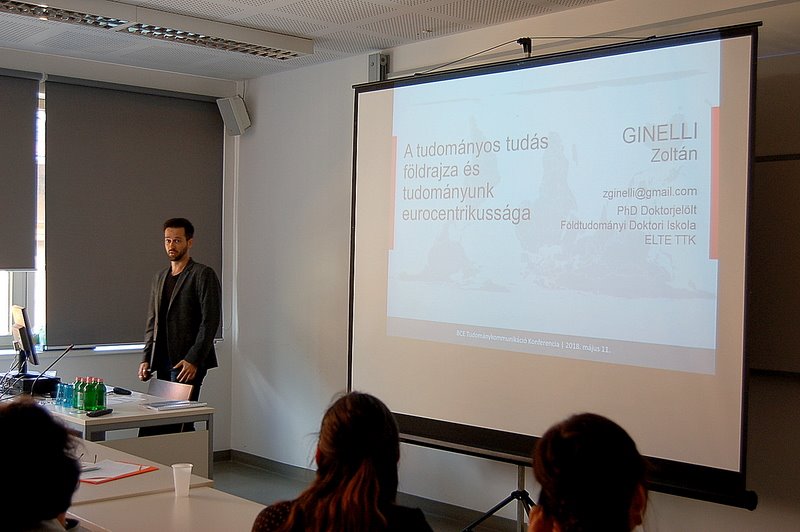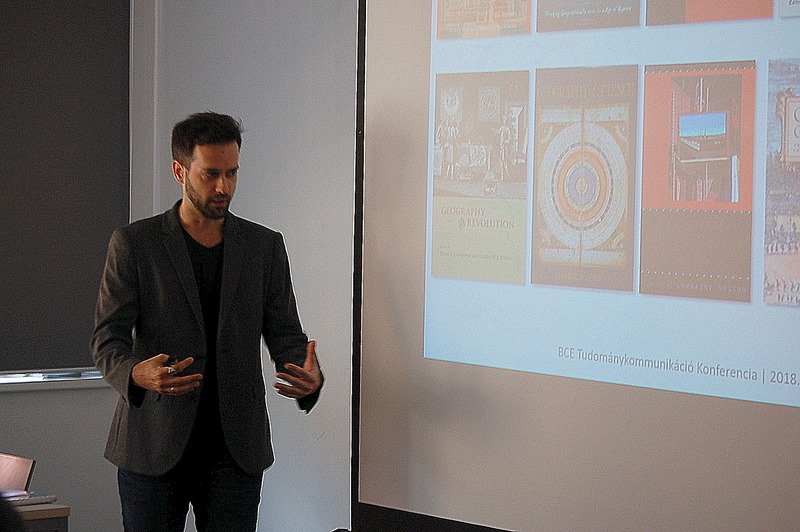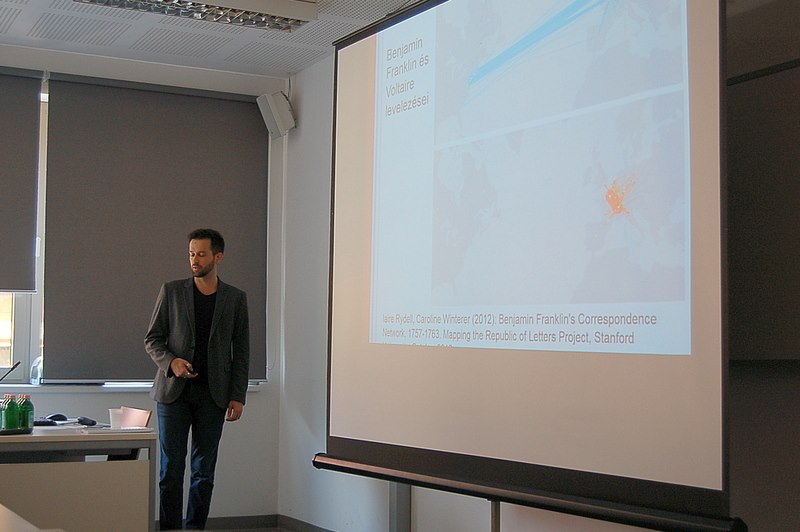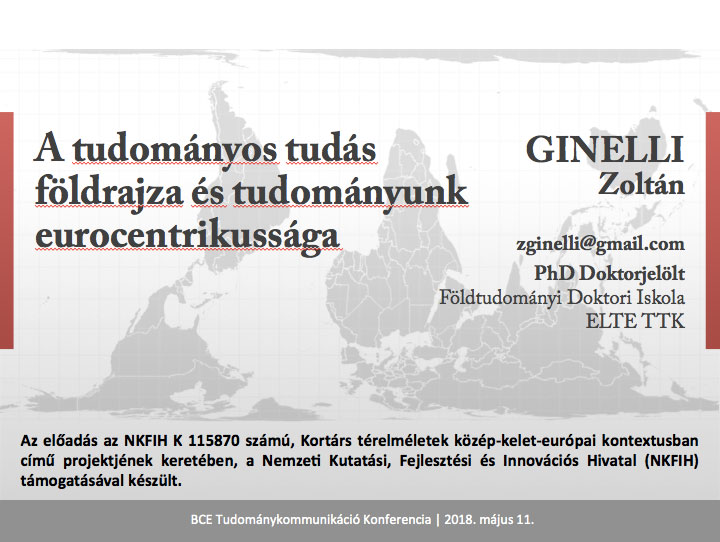Eastern Europe is the “black sheep” of postcolonial studies: its colonial experiences have been routinely missed out from the relentless focus on (post)colonial centres and peripheries. To be sure, postcolonial literature extended Orientalism as the Western construction of Eastern Europe and the Balkans, and reinterpreted postcolonialism in relation to Soviet imperialism, postsocialism, Eastern Europe’s role in decolonization and socialist globalization. However, the imperialist or colonialist ambitions of Eastern or East Central Europe seem to go against the grain, since concerning countries were themselves often colonized and rarely or never held any colonies. In contrast, Hungarian geographical knowledge production from the mid-19th to the early 20th centuries related to the Balkans is a demonstrative case study of what I call Eastern European semiperipheral imperialism. Hungarian imperialist ambitions emerged from the economic boom in the late 19th century and Austro-Hungarian geopolitical interests to secure southern areas against Russia, Turkey and Serbia. Although the tragic defeat in WWI led to the Hapsburg Empire’s demise, huge Hungarian territorial losses and a defensive revisionism, this only replenished arguments for Hungarian civilizational superiority in the region. Hungary’s “in-between” position constructed a complex and ambivalent imperialist-nationalist discourse operating on various intertwined scales. The Carpathian Basin was envisioned as the scene of a “civilizing mission” by the superior Hungarian culture towards culturally backward and “half-Europeanized” landscapes, in order to both bring and protect European civilization by upholding a “bridge” role and an essential “healthy mix” of Eastern and Western traits. The ideal nation-bearing landscape of the Alföld basin was geographically co-constructed in relation to the Balkan “Other”, while imperialist visions of cultural expansion and economic modernization in the Balkans were naturalized through the concept of landscape: transforming the “wild” Karst and opening to “the Hungarian sea”.
Hónap: 2018 május
Tudománykommunikáció konferencia
Május 11-én pénteken előadtam a Tudománykommunikáció Kutatócsoport (Tud.Com) által a Budapesti Corvinus Egyetemen szervezett Tudománykommunikáció konferencián. Magyarországon ez volt az első ilyen témájú konferencia, és Pálinkás József, a Magyar Tudományos Akadémia volt elnöke és a NKFIH jelenlegi elnöke nyitotta meg. Az előadásom címe “A tudományos tudás földrajza és tudományunk eurocentrikussága” volt.
Az előadás az NKFIH K 115870 számú, Kortárs térelméletek közép-kelet-európai kontextusban című projektjének keretében, a Nemzeti Kutatási, Fejlesztési és Innovációs Hivatal (NKFIH) támogatásával készült.




